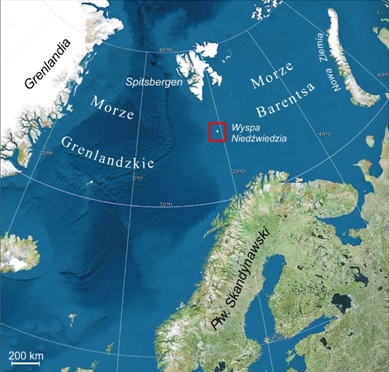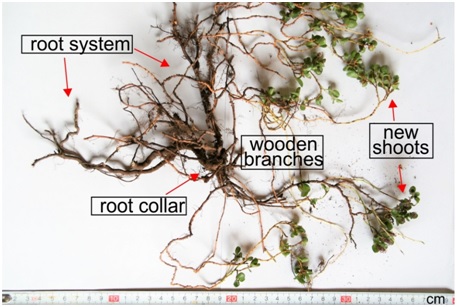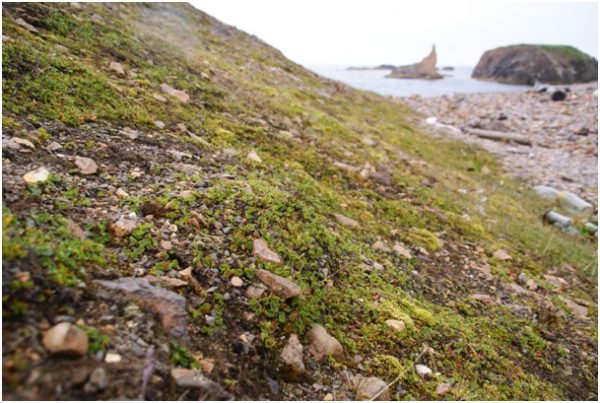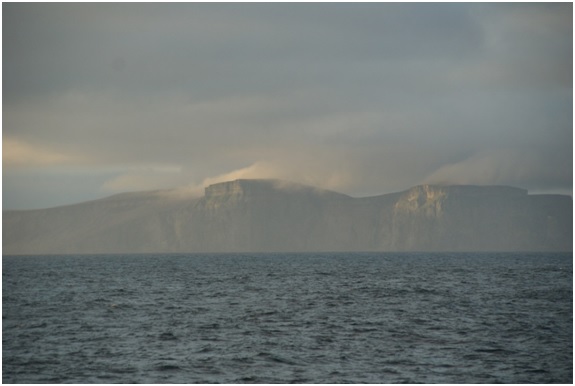Bear Island is one of the most isolated islands in the Northern Hemisphere. The first dendrochronological research in the history of the island concerned the dwarf polar willow, which develops very narrow rings. It was found that the collected specimens are about 95 years old and are among the oldest in the entire Arctic. Based on changes in the width of the rings of the polar willow from Bear Island, the time frames of an important phenomenon observed in the entire Arctic, i.e. greening and browning of the tundra, have been indicated. As a result of the rapid increase in temperature in many polar regions, intensive growth of vegetation and the shift of ecotone boundaries to the north has been observed since the 1990s. However, a further increase in temperature, while stabilizing or reducing the amount of precipitation, may cause a different phenomenon, the so-called browning of the tundra. It is very detrimental to the functioning of the polar ecosystem, influencing not only the slowdown in the growth of tundra plants, a decrease in biodiversity, but also an increase in the intensity of aeolian processes, soil degradation, and microclimatic changes.
The research team from INoZ UŚ and IGiRRUWr obtained research results that are very valuable from the point of view of contemporary climate changes, which were published in the highly ranked journal Environmental Research Letters.
Owczarek P., Opała-Owczarek M., Migała K. 2021: Post-1980s shift in the sensitivity of tundra vegetation to climate revealed by the first dendrochronological record from Bear Island (Bjørnøya), western Barents Sea. Environmental Research Letters 16 (1): 014031. https://doi.org/10.1088/1748-9326/abd063









